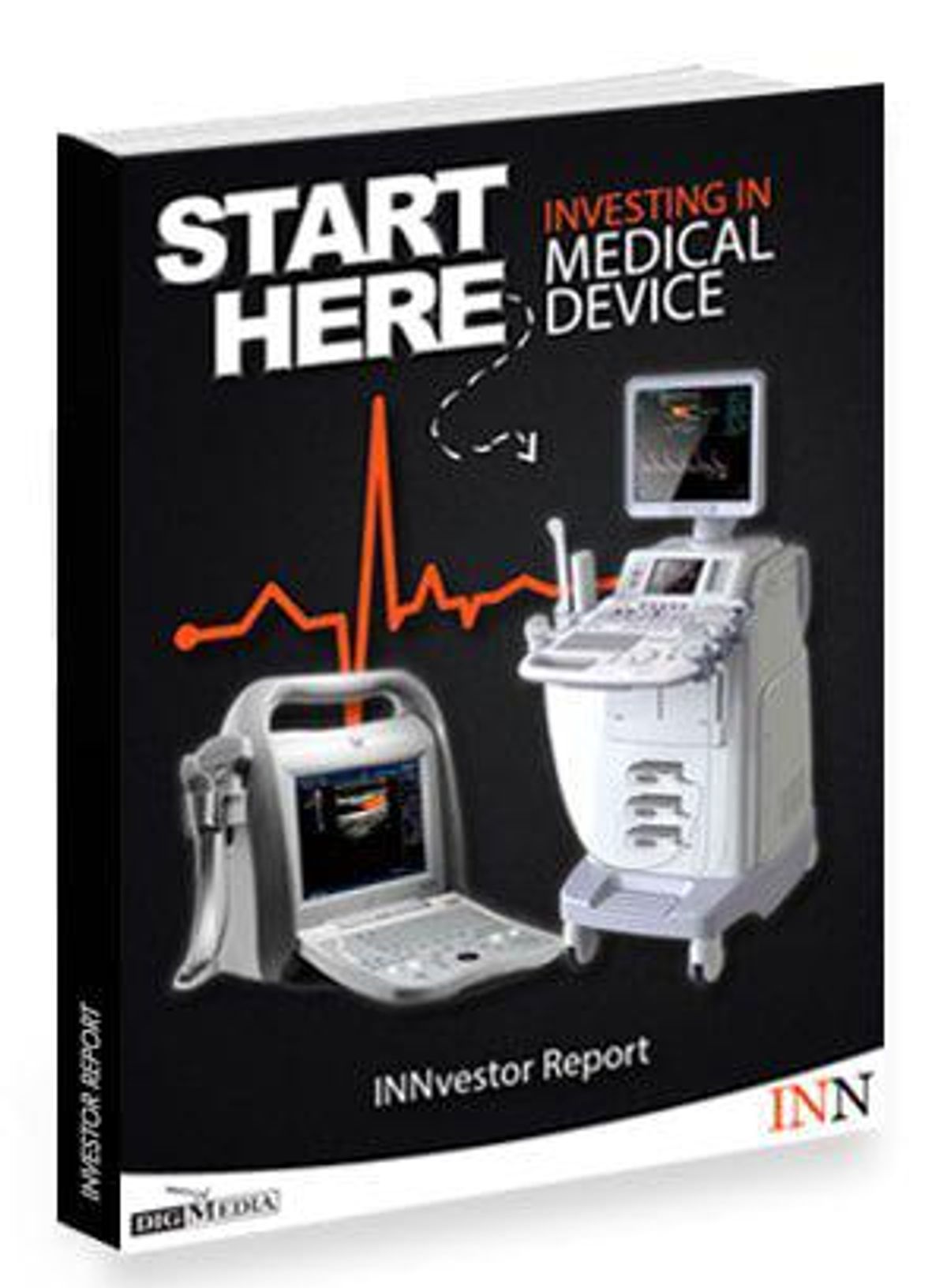
Start Here - Investing in Medical Devices
A report from BCC Research is estimating that the medical technology industry will cross revenue of almost US$797 billion by 2025, growing at a CAGR of 5.6 from 2020 to 2025.
Driving that growth will be an increase in diseases, particularly cancer and diabetes, plus cardiovascular, neurological, orthopedic and respiratory diseases, which are on the rise due to age.
Table of Contents
- How to Invest in Medical Devices
- What Do Medical Device Companies Do?
- How Do Medical Devices Get Approved?
- 6 Small Medical Device Companies
- 5 Top Medical Device Companies
- 8 Surgical Robotics Stocks
- Medical Device ETFs: An Overview
Who We Are
Investing News Network is a growing network of authoritative publications delivering independent, unbiased news and education for investors. We deliver knowledgeable, carefully curated coverage of a variety of markets including gold, silver, copper and many others. This means you read nothing but the best expert advice, and never have to waste your valuable time doing hours, days or weeks of research yourself.
At the same time, not a single word of the content we choose for you is paid for by any company or investment advisor: We choose our content based solely on its informational and educational value to you, the investor.
So if you are looking for a way to diversify your portfolio genetics investing might be on your radar.
This is the place to start. Right now.